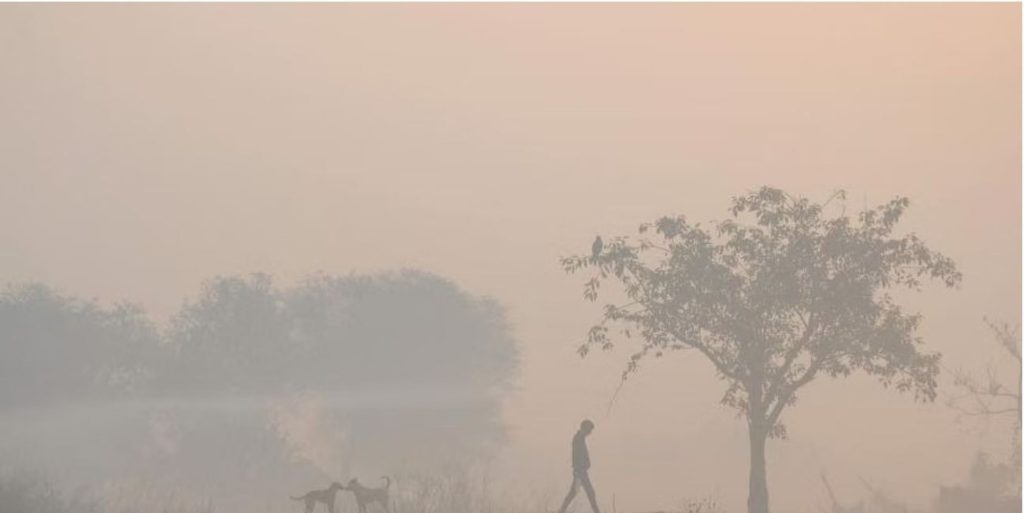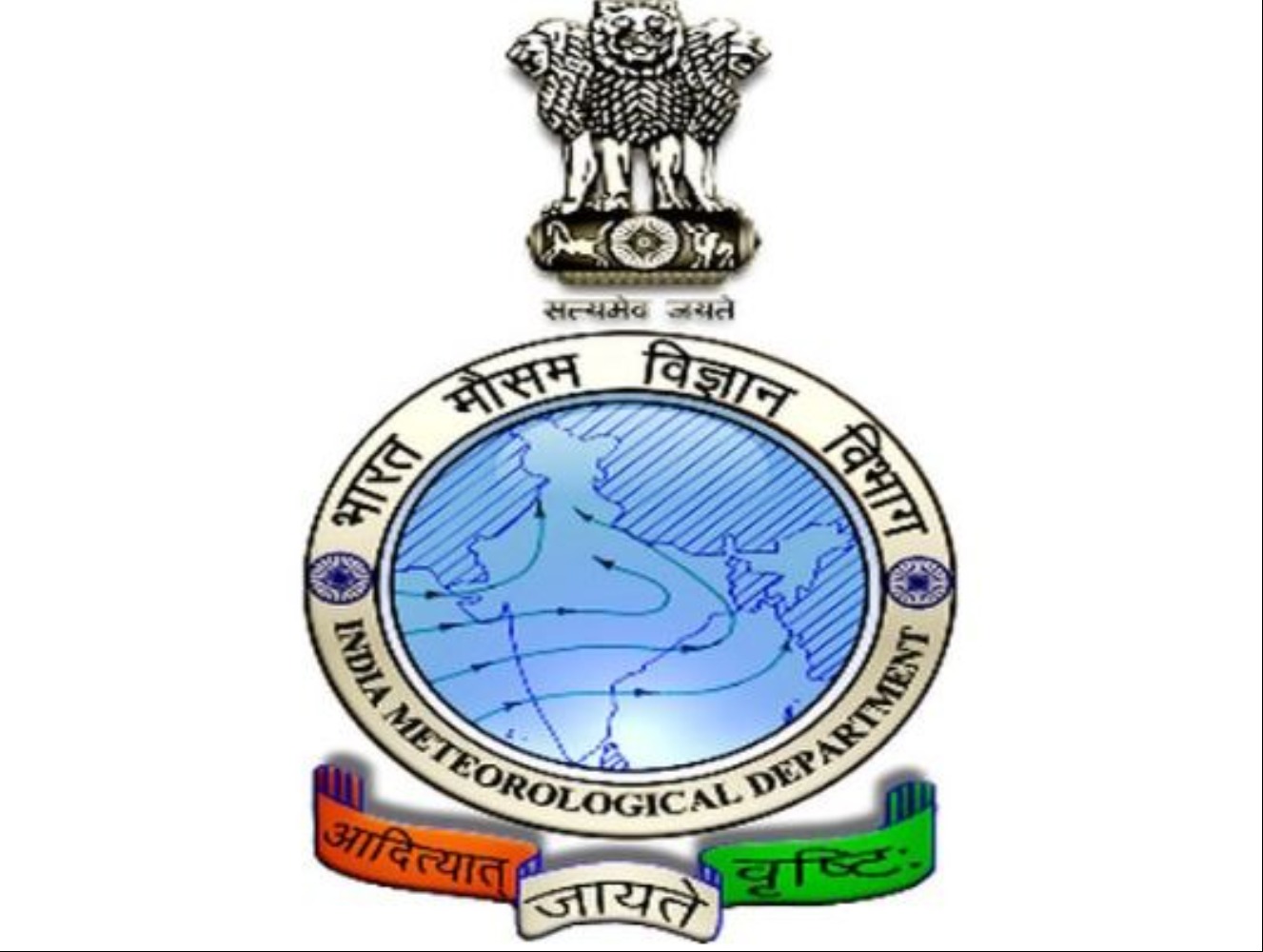As Odisha gears up for what may be an unusually chilly winter season, it serves as a reminder of the ever-changing nature of weather patterns.

Pic: Social Media
Odisha is a popular tourist destination, and many tourists flock to the state to enjoy its beautiful beaches and cultural festivals. This unexpected change in weather may impact the tourism industry. While some tourists may be drawn to the idea of experiencing a touch of winter in a traditionally tropical state, others may find the chilly nights less appealing.
To subscribe please click tau.id/2iy6f and access our live channel.
READ: National Parks re-opens post Monsoon
As the temperatures drop, there is likely to be an increase in energy consumption. People will rely on heating appliances like room heaters and electric blankets to stay warm during the colder nights. This surge in energy usage could put extra pressure on the state’s power supply infrastructure.
Odisha is likely to witness cold conditions as the Regional Meteorological Centre here on Monday forecast a drop of night temperature by 3-4 degree Celsius in the next 24 hours. There will be no large change in minimum temperature (night temperature) during the next 24 hours and it will gradually fall by 3-4 degree Celsius in next 2 to 3 days at many places over the districts.
Trending News: AQI to get better in NCR
IMD also said that the state is likely to experience light to moderate rain/ thundershower at one or two places over the districts of South Coastal Odisha, Koraput, Rayagada, and Malkangiri. This unusual weather pattern is attributed to a combination of factors, including the influence of a cold front from the northern regions and the withdrawal of the southwest monsoon.
These weather dynamics are contributing to the dip in night temperatures. It’s worth noting that this change is more pronounced in the northern and interior parts of Odisha, including cities like Bhubaneswar and Cuttack.
Odisha is primarily an agrarian economy, and many farmers rely on the state’s relatively stable climate for their livelihoods. The sudden dip in temperature could affect crops, particularly those sensitive to cold weather, such as vegetables and fruits.



